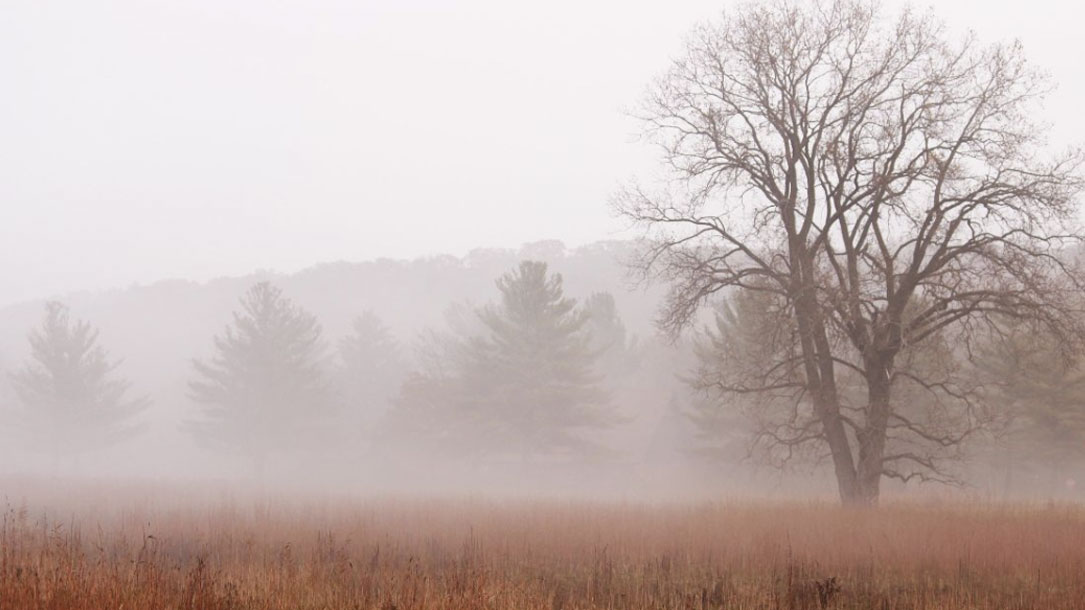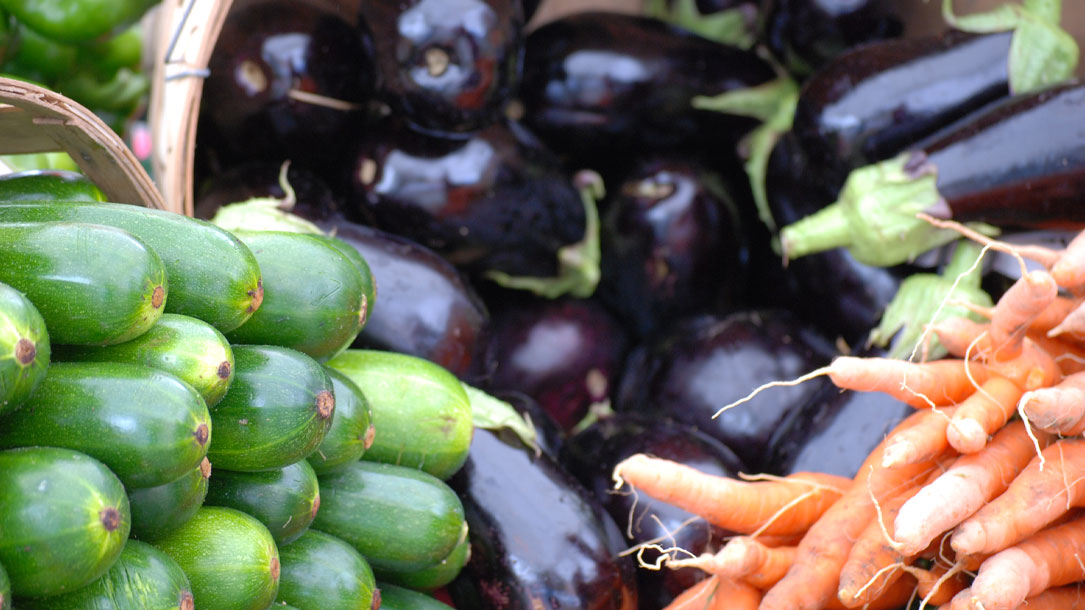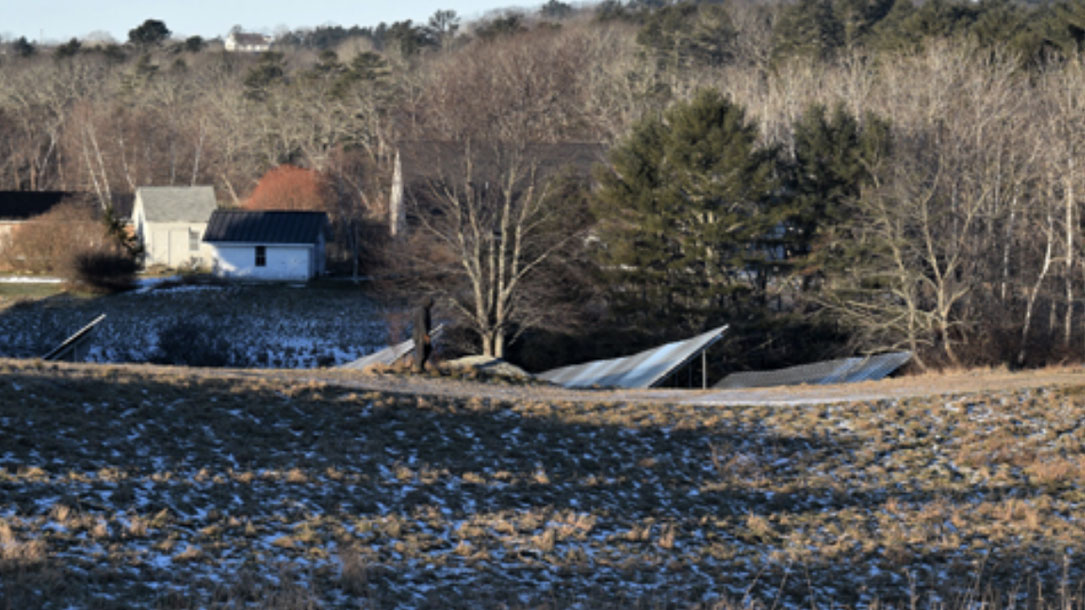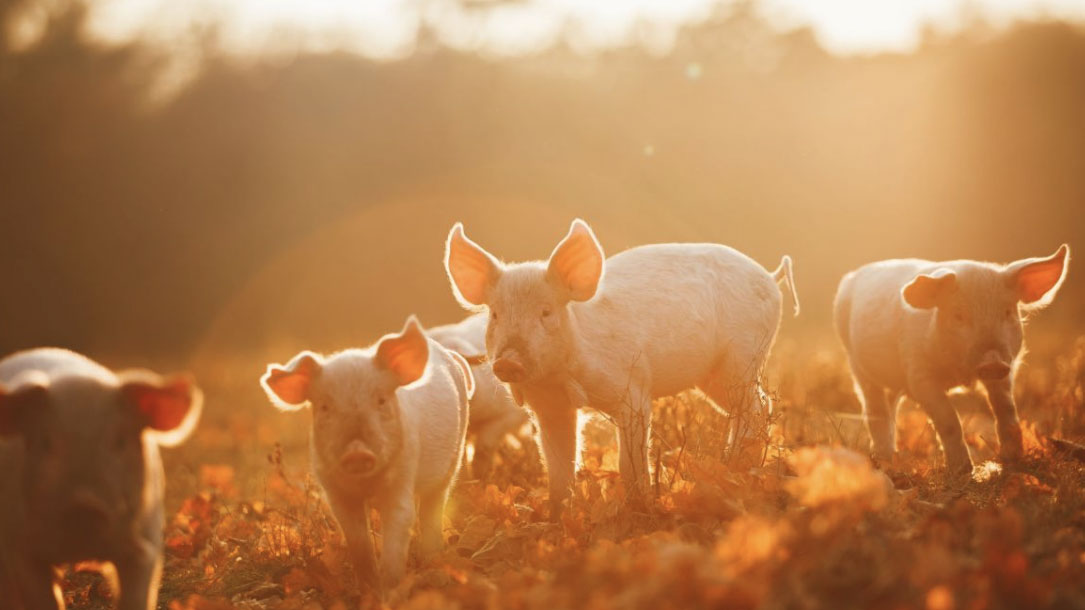
Protect your woodlands
“Over 75% of Vermont’s land is forested, and much of that land is privately owned, often by families and individuals. Conserving these forests matters a great deal for our climate, our economy, and our communities. If you own woodland and want it to remain forested, conservation is one option you could consider. We can help you explore your options and guide you through the process…”

Featuring carbon tax credits
Conserving Carolina, an accredited land trust that works to conserve natural lands, community lands and trails, and farmland, is beginning to increase their climate communications and inspire greater change. In this Facebook post, they noted:
“In Canada, families are getting their first checks from carbon reductions! That’s thanks to a policy much like the Energy Innovation and Carbon Dividend Act that Conserving Carolina (and hundreds of other nonprofits) have endorsed in the U.S. This climate solution would put a price on carbon and give the money back to the American people.
Three cheers for our partners the Citizens Climate Lobby who successfully supported this policy in Canada and who are mobilizing grassroots support for it in the U.S.! Citizen lobbyists are the heart of this campaign. If you want to be a part of the solution, find your local chapter of CCL and get involved.”

Conservation Conversations: Pacific Northwest prairies and climate change
Prairies in the western Pacific Northwest are critically endangered ecosystems. Join ecologists Paul Reed and Sarah Hamman for a discussion about how they may be affected by climate change and how they are being restored to the landscape.
Paul Reed is a postdoc at the University of Oregon, where he also completed his Ph.D. in 2021. For his dissertation, Paul and colleagues conducted an experiment across western Oregon and Washington, including at Capitol Land Trust’s Tilley West Preserve, to understand how warming and drought affect Pacific Northwest prairies. Much of his work is in collaboration with regional stakeholders and is motivated by a common vision to improve native prairie conservation and restoration in a changing climate.
Sarah Hamman is the Director of Science for Ecostudies Institute. Her work is aimed at researching and restoring rare species habitat in Pacific Northwest prairies and oak woodlands using rigorous science and collaborative conservation principles. In this virtual event, we hear from Paul about the Heating of Prairie Systems (HOPS) experiment that he and others conducted at Tilley West Preserve.
We will also learn from Sarah about prairie restoration efforts in the South Sound region, and how plant responses to climate change may affect local prairie management in the future.

Assisted migration project
The following is an excerpt from their website:
“Continued climate warming will disrupt our forests and their ability to lessen the impact of high CO2 levels. We will lose our cool adapted evergreens and hardwoods which, in turn, will change the nature of the forest and everything in and around it. The Mousam Way Land Trust is initiating a project to plant warm-adapted southern tree species on our reserves in anticipation of this radical change. In time these southern replacements will become part of the forest and restore some balance.
You are invited to help us go one step farther by planting these replacements in your own landscape from which they will eventually spread…”

Assisted migration
Trees are adapted to specific combinations of environmental and climatic conditions that allow them to grow, thrive, and reproduce. Climate change is already altering conditions across the planet, and changes are expected to continue in the decades to come. The rapid pace of climate change may exceed the ability of many species to adapt in place or migrate to suitable habitats, and this fundamental mismatch raises the possibility of extinction or local extirpation. Assisted migration, human-assisted movement of species in response to climate change, is one management option that is available to address this challenge. This topic page will examine some of the scientific background and management considerations related to assisted migration, focused primarily on tree species.

Land conservation combatting climate change
Agricultural Stewardship Association is working to position farmers and farmland as part of the climate solution. Here’s an excerpt from their website:
ASA is dedicated to helping mitigate climate change. Here’s how:
- We are helping farm families permanently protect the most valuable and resilient land for farming and growing food.
- We are educating our community about the importance of keeping land in farming and the connection with increasing resilience to a changing climate.
- We are partnering with other organizations to help farmers adopt soil health practices and generate renewable energy in ways that are compatible with agriculture and keep productive land in farming…

Parks as part of the climate solution
As a warming planet leads to worsening risks and impacts, American cities are taking matters into their own hands. Cities are not only pledging to slash carbon emissions in the coming decades. They are also figuring out how to be more resilient. Because one thing is clear: disadvantaged communities that have been historically neglected will suffer the most as the planet warms.
Park acres, it turns out, are very good at buffering the effects of climate change. Green space has the power to lower air temperature and absorb floodwater and can be designed in such a way as to significantly enhance those climate benefits…

Coastal Rivers takes leap towards carbon neutrality with solar array
For those who braved mud or ice to stroll the slopes at Round Top Farm this winter, they may have spotted something shiny and new in the southwest field behind Darrows Barn.
As of Jan. 3, contractors with ReVision Energy completely installed eight rows of solar panels on a one-acre parcel at the farm and are in the process of finishing the wiring on the array. ReVision broke ground on the project in the fall.
Hannah McGhee, Coastal Rivers outreach and communications manager, said the location for the panels was selected for the minimal impact it would have on the visual landscape at Round Top for the public and abutters.

River conservation corridor
The East Branch of the Little Calumet River Conservation Corridor Project has helped to accelerate the preservation, restoration, and water quality improvement efforts within an ecologically significant riparian area. Project goals have included land acquisition, prioritization of acquisitions, collaborative land management planning, ecological restoration, identification of green infrastructure opportunities, and evaluation of policy mechanisms and barriers…

Farming collaborative plan looks to keep land accessible, open
Under the land collaborative model, the property will not solely be devoted to agriculture; Sanford-Long’s animals will share land with a planned solar array…












